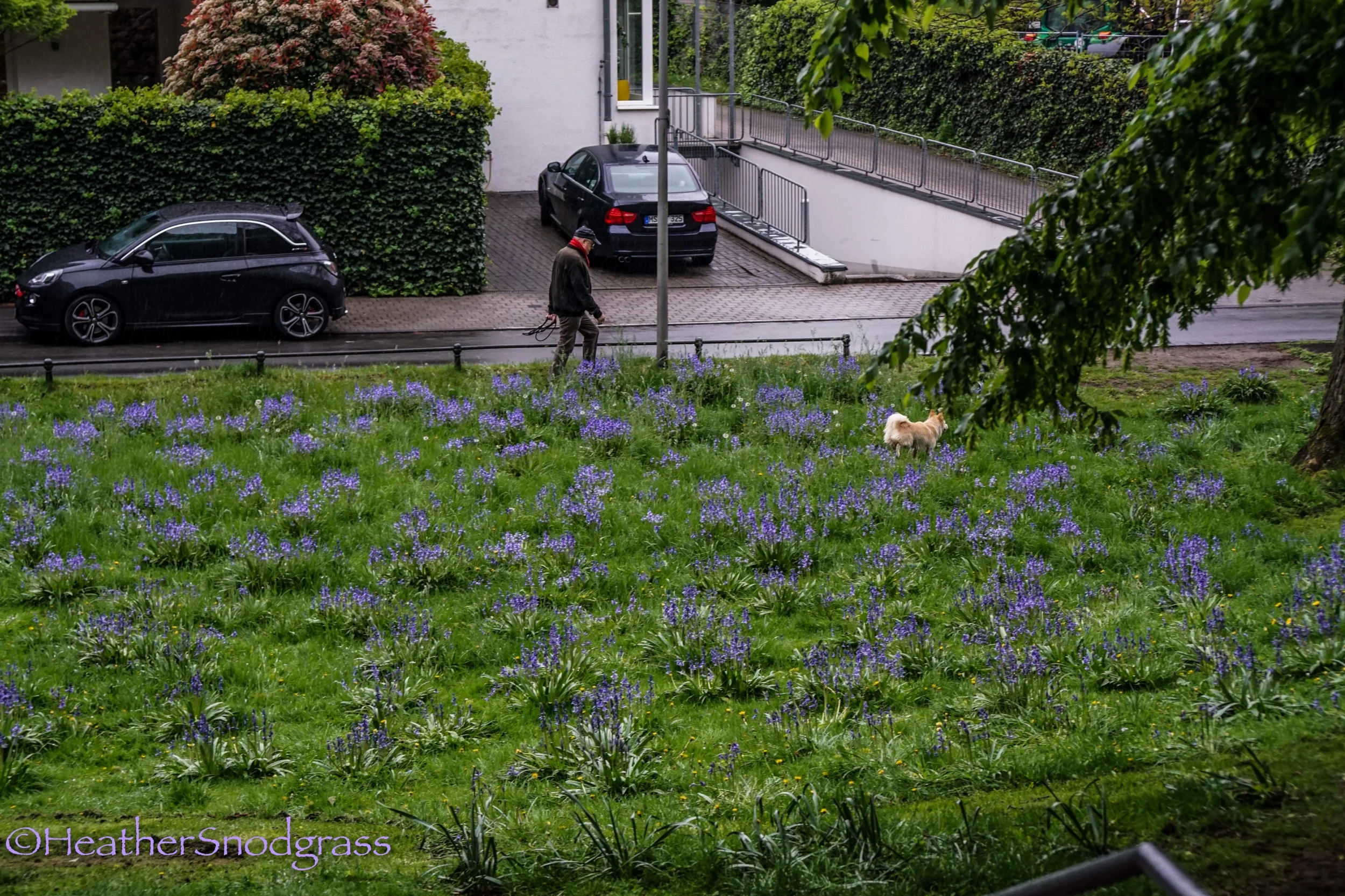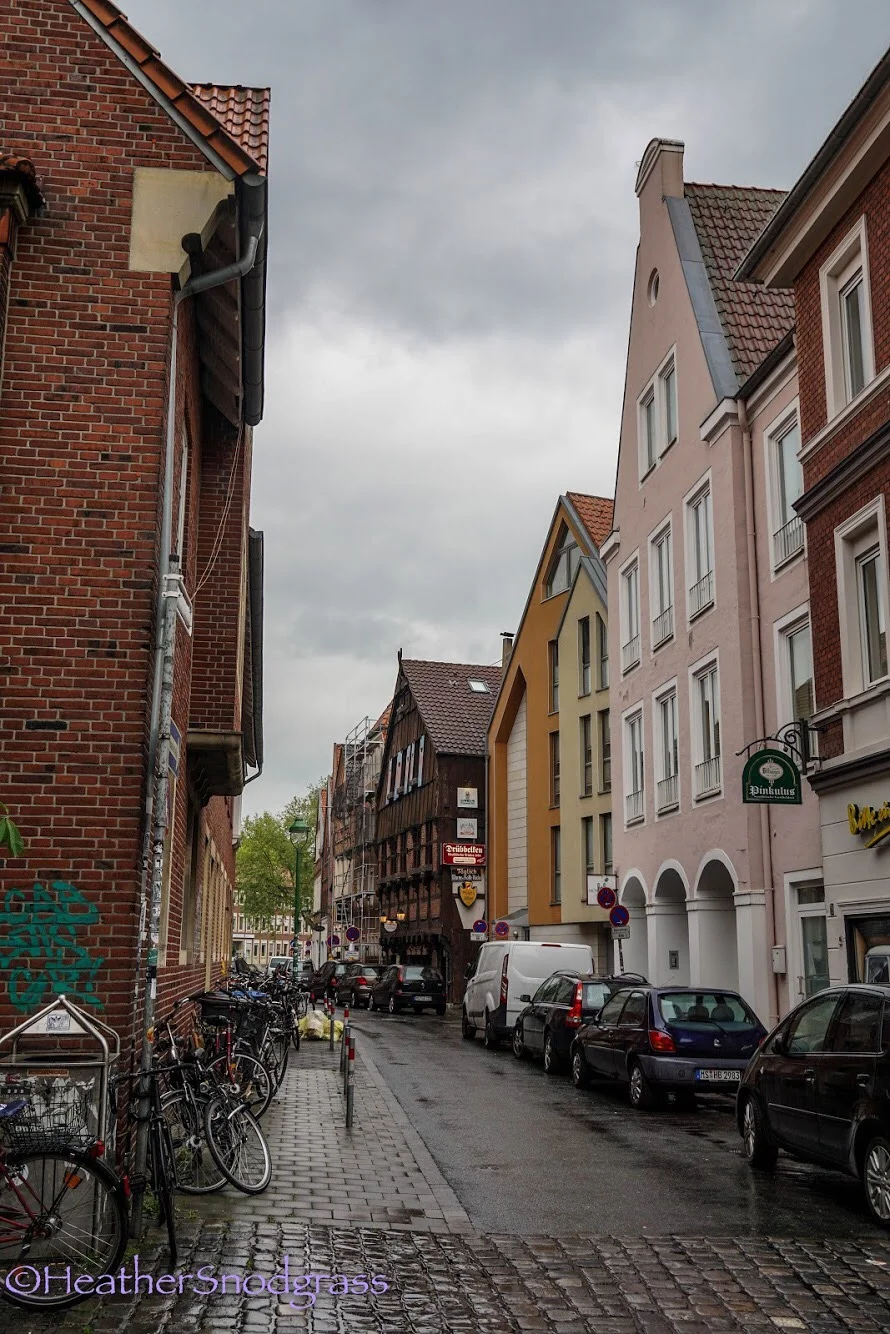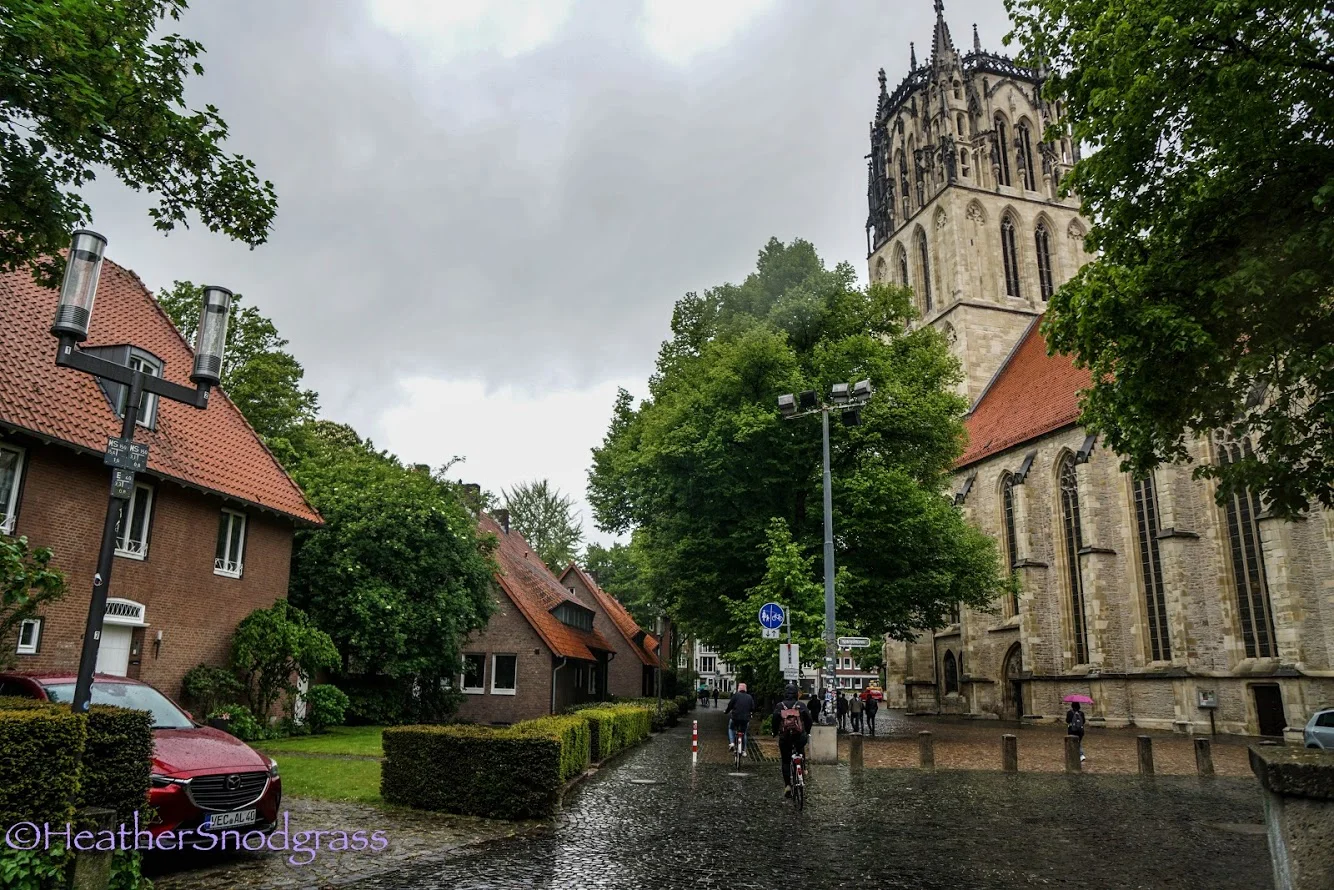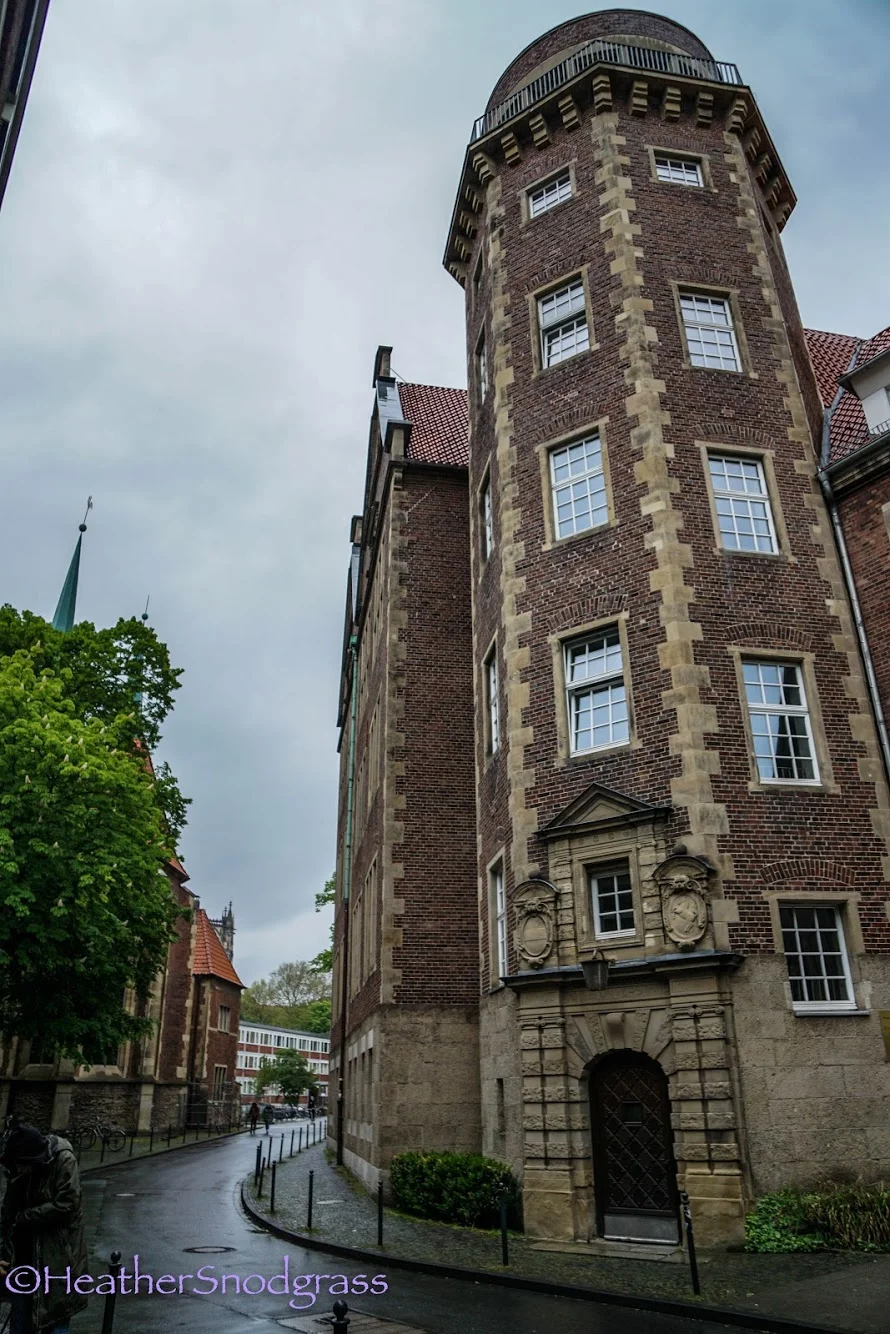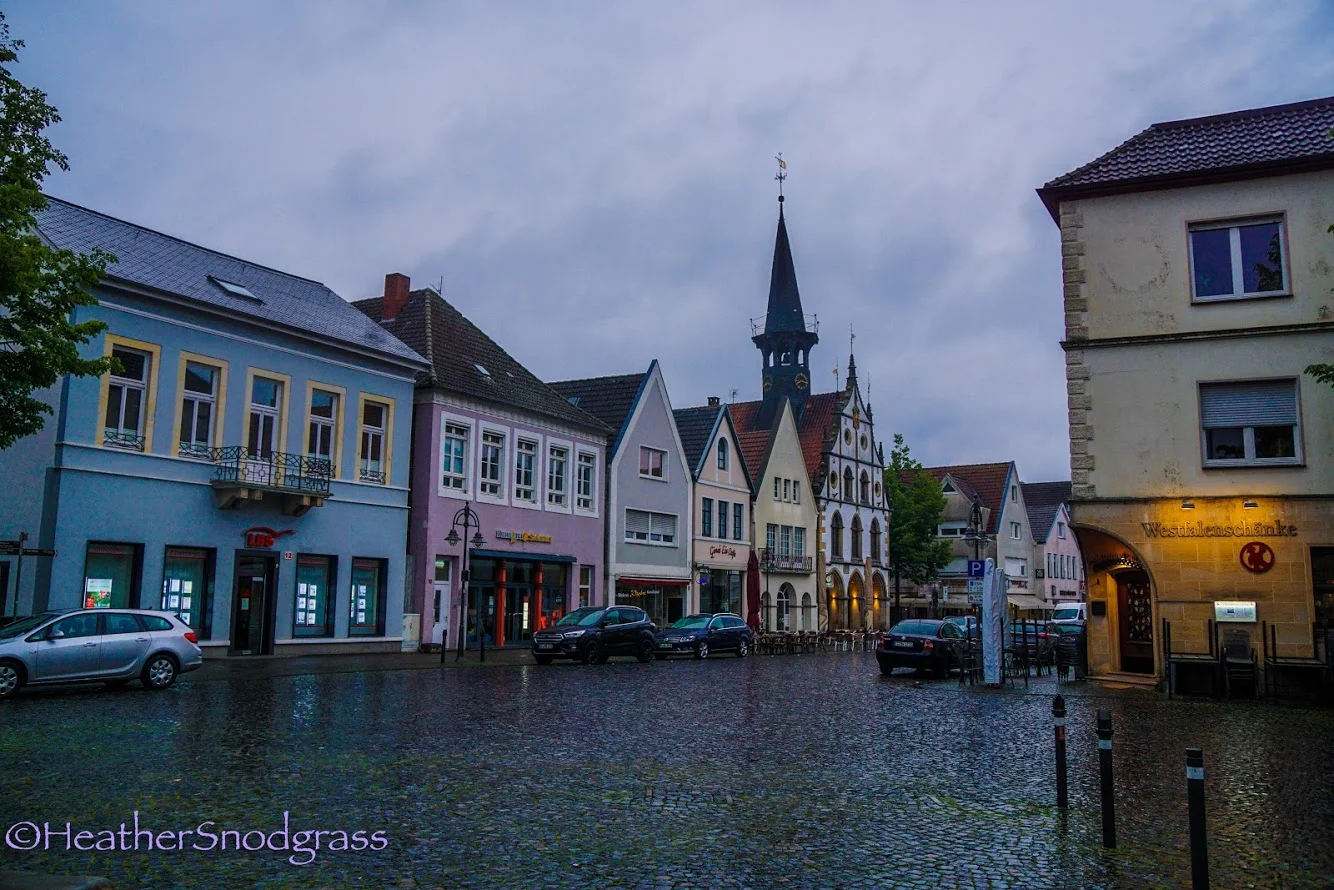North Rhine-Westphalia/Nordrhein-Westfalen, Germany
An area that dates back to Julius Caesar, even becoming part of the Holy Roman Empire, Nordrhein-Westfalen is a very understated area in today’s world. As a traveler, it’s areas like these that feel like undiscovered gems in some ways. While many tourists flock to more known historical sites like Berlin or Munich, cities like Münster offer a lot of history without an abundance of pushy-type tourists.
When we arrived in Münster, it had already been a long day. We had flown from Denver to Washington D.C. on the heels of a pretty bad storm which created a very turbulent flight. From D.C. we flew into Brussels arriving around 7:30am. After someone took our bag off the carousel in Brussels and having to spend a good amount of time reporting the lost bag to the baggage claim at the Brussels airport, we moved on to the rental car desk to claim our vehicle. We finally were able to head out on our way towards Wettringen, a charming town northwest of Münster, and southwest of Rheine. We knew the drive would be around 3.5 hours. The original plan was to make a stop in Amsterdam, even if it wasn’t directly on our path into Germany. After spending so long at the airport, we decided against the stop in Amsterdam but still drove through the Netherlands on our route. Scenery from Belgium, through the Netherlands, and into Germany is very similar. Beautiful most of the time, but similar which makes for a bit of a long drive.
Once we were settled in, in Germany, we knew we wanted to explore Münster. We drove into town, parked, and spent the afternoon walking around. It was rainy and colder but we walked the cobblestone paths from landmark to landmark and not even fully realizing the gravity of what we were looking at every time. Our first major “stop and take it all in” site and moment was St. Paulus-Dom. A church that opened its doors in 1264 A.D. but was founded in 1225 A.D. Its beautiful Gothic appearance is enough to judge this book by its cover but upon entrance, it’s hard to be anything but impressed with the actual size of the interior. The workmanship in every detail of historical churches is awe-inspiring.
Münster was hit pretty hard in WWII. In the 1940s, the Bishop of Münster, Cardinal Clemens August Grat von Galen was a major critic of the Nazi government. On October 25th, 1944 the city of Münster was bombed and notes reflect that 91% of the “Old City” and 63% of the entire city was destroyed. They rebuilt the “Old City” to match its pre-war state in the 1950s. All over Germany are towns with similar stories to Münster. While Munich is one of the most famous towns from WWII, and Berlin with a wall that is best known to those outside of Germany for the symbolism of coming down, Münster and towns like it force you to get to know them to appreciate them, not unlike a human stranger.
Still standing in Münster is Buddenturm. Built in 1150 as a defense tower, the Buddenturm has worn many hats…or roofs more appropriately, in its life. It had to be restored after WWII and was shortened in height, but it still stands and is worth a stop and look if you are in town and appreciate history. There is also more information on the life of this landmark online on various sites.
If you’re in the city, stop in Pinkus Müller. The beer is very tasty and the food is incredible. The atmosphere has the feel of an old-timey pub you would find in the UK. The hospitality is also very pleasant. It is a great place to find yourself after a long day of travel. It is a great “Welcome/Willkommen to Germany.”
If you’re looking to explore even smaller cities outside of Münster, there are plenty to choose from. Approximately 32km northwest of Münster is a smaller town called Steinfurt. Steinfurt is home to a beautiful water castle- Schloss Burgsteinfurt. Steinfurt is another charming town full of history and plenty of photo ops. Business hours are kind of a small window, so you have plenty of opportunities to take photos of the town without a bunch of people crowding the shot. It was colder and rainy when I was there, so this was a contributing factor to there not being anyone around.
Overall if you are looking to start a vacation in Germany, Nordrhein-Westfalen has plenty of good introduction cities if you like to ease into your surroundings. It is also a good place to end your stay in Germany because you will be able to end with a more laid-back vibe. Whenever you make it a stop on your itinerary, it is worth any stop at all.
Do: Use "zebras" (also known as crosswalks to Americans) to cross streets, look for bicyclists, attempt basics in German, repeat greetings back to people, bring euros, be prepared for shops to close early, map parking on a map before arrival or you could find yourself driving around a while and only finding reserved parking, have the Google Translate app to translate signage when need be, tip when available, throw your garbage away, ask about the language if unsure- take an interest, tip when applicable 10% is considered a good tip in Germany
Don't: Shout in the streets, demand English, cross a street without looking, expect credit cards to be accepted- they are widely accepted but not everywhere, litter, block walkways
St. Paulus-Dom in Münster
Buddenturm in Münster
Schloss Burgsteinfurt in Steinfurt
Local Walking His Dog in Münster
Münster Streets
Münster Life
Münster Buildings
Steinfurt Streets
Arnoldus-Statue in Burgsteinfurt





